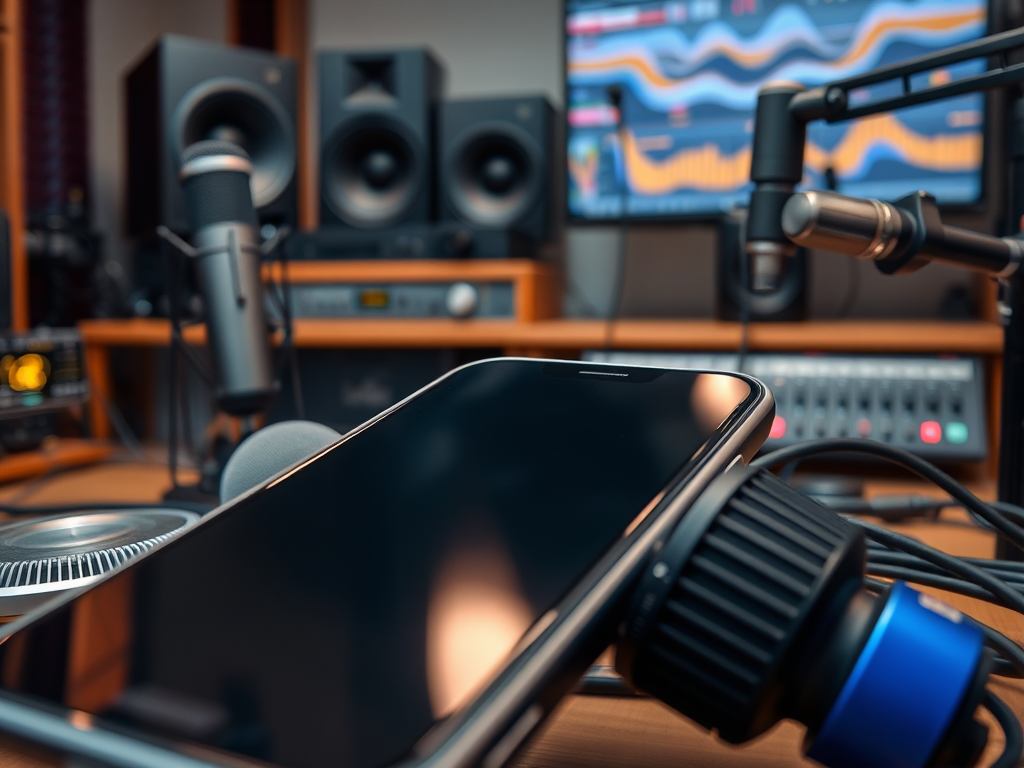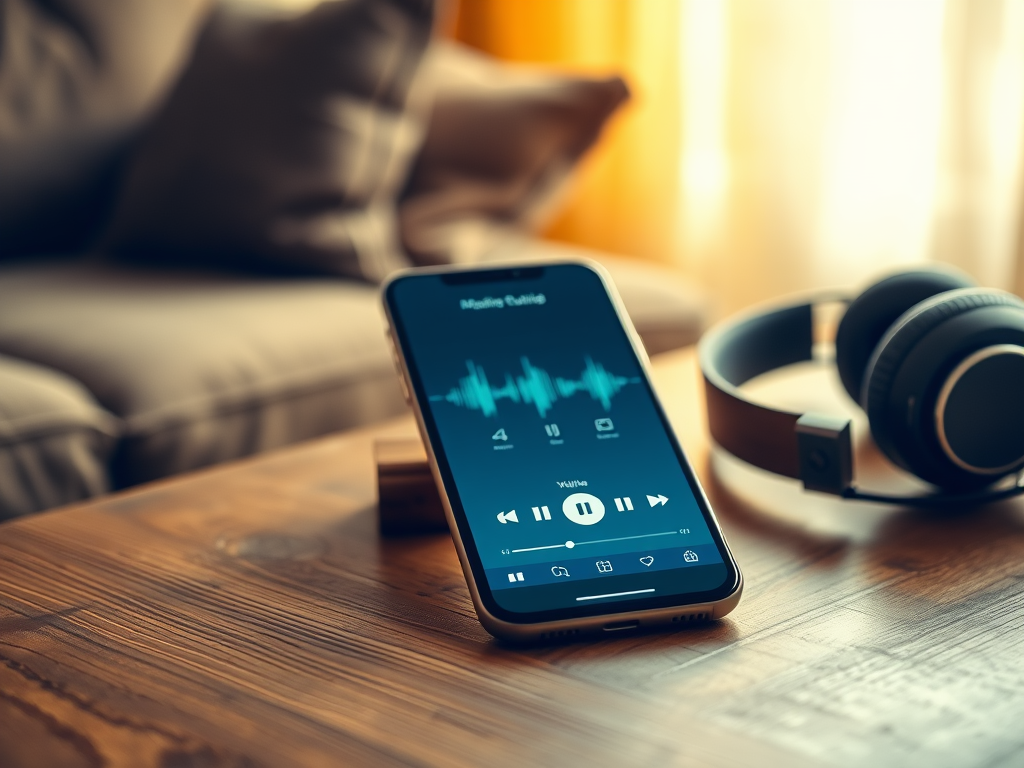In today’s fast-paced digital world, the audio experience on smartphones has become a focal point for users. With the rise of multimedia content, including streaming music, videos, and podcasts, the importance of both phone volume and speaker quality cannot be overstated. Enthusiasts and casual listeners alike seek devices that cater to their auditory needs. Understanding the relationship between these two factors can shed light on how to choose the right smartphone for your lifestyle. This article will explore the intricacies of phone volume and speaker quality, revealing insights that enhance your listening experience.
Phone volume isn’t simply a measure of how loud a device can play sound. Instead, it involves several critical factors that work together to shape the listening experience. These include the maximum volume output, the sensitivity of the speakers, and the mechanics behind the amplification process. When these elements are in harmony, users enjoy a seamless audio experience. Conversely, misalignments can lead to frustrating distortions or inadequate sound levels. Thus, a keen understanding of these aspects can make all the difference in your daily use of a smartphone.
Understanding Phone Volume

Phone volume functions through a complex system that merges hardware and software components. The amplifier transforms low-voltage audio signals into sufficient power that can drive the speaker drivers. Depending on the phone design, different configurations can produce varying volume levels. Additionally, the volume control mechanisms provided by the software allow users to customize their experience further. Thus, understanding how these elements interact is important when assessing the volume capabilities of a device. A phone’s overall sound experience is shaped by both its physical and digital frameworks.
- Speaker Design: The physical structure influences how sound is projected.
- Amplification Quality: A strong amplifier can enhance volume levels efficiently.
- Software Algorithms: DSP (Digital Signal Processing) can alter output to maintain clarity at various volume levels.
- Max Output Levels: Manufacturers often specify the maximum volume a device can reach.
The Role of Speaker Quality

Speaker quality directly impacts audio performance, influencing how enjoyable the listening experience can be. Using a combination of materials, designs, and technologies, high-quality speakers can deliver superior sound clarity across a range of frequencies. The craftsmanship behind the speaker’s construction is equally pivotal; cheaper materials may lead to undesirable rattling or distortion. Understanding the variables influencing speaker quality empowers users to make smarter purchasing decisions. Beyond merely measuring audio performance, this consideration can elevate a phone above its competitors. Hence, audio enthusiasts should pay close attention to speaker specifications before making a choice.
- Frequency Response: A wider range ensures richer sound across low, mid, and high frequencies.
- Material Composition: The quality of materials affects resonance and durability.
- Design: Ergonomic designs offer better sound dispersion, improving the overall auditory experience.
How Phone Volume and Speaker Quality Interact
The interaction between phone volume and speaker quality plays a pivotal role in defining your audio experience. Higher volume settings can amplify the sound, but this also raises the risk of distortion if the speaker isn’t capable of handling the load. For instance, pushing a low-quality speaker to its limits often results in muddied audio, with less clarity and vibrancy. It’s essential to strike a balance between desired loudness and quality audio output. Understanding how to manage volume settings relative to speaker capacity can help maintain sound fidelity. Thus, users should exercise caution, particularly in loud environments.
To visualize the balance between volume and quality, consider the table below, which summarizes common scenarios of volume levels and corresponding speaker performance.
| Volume Level | Speaker Performance | Expected Audio Experience |
|---|---|---|
| Low (1-3) | Excellent | Clear and detailed sound |
| Medium (4-6) | Good | Balanced audio with slight imperfections |
| High (7-10) | Poor | Possible distortion and loss of clarity |
Evaluating Phones: Volume vs. Quality
Consumers today are often caught in the crossroads of choosing a device with superior speaker quality or one that offers robust volume capabilities. The choice largely depends on individual preferences and how one intends to use their phone. For those who prioritize listening to music or enjoying films, speaker quality may take precedence. On the other hand, users who frequently attend crowded settings such as parties or public areas might prefer louder devices. Making informed choices involves weighing the trade-offs between these fundamental characteristics. Thus, exploring user reviews and technical specifications can further facilitate this decision-making process.
- Primary Usage: Identify if sound clarity or volume is more important for your needs.
- Budget: High-quality speakers can often elevate the price point of a phone.
- Brand Reputation: Research brands known for superior audio technology.
Conclusion
In conclusion, the relationship between phone volume and speaker quality is essential for maximizing your multimedia experience. Understanding the nuances of how these elements influence each other can help consumers make informed decisions. Setting realistic expectations based on the intended use will ensure satisfaction with your device. Balancing sound clarity with volume output might take some experimentation, but the end results will enhance your enjoyment of the audio content. Understanding these dynamics will ultimately lead to a more rewarding listening experience, whether for casual use or professional purposes.
Frequently Asked Questions
- Does higher volume always mean better sound quality? No, higher volume can lead to distortion if the speaker quality is not sufficient to handle the output.
- What is more important: volume or quality? It depends on the user’s preferences; some may prioritize clarity and detail (quality), while others might prefer loudness for larger environments.
- Can software updates improve speaker performance? Yes, software updates may include enhancements that optimize audio output, potentially improving overall speaker performance.
- How can I enhance my phone’s audio experience? Consider using high-quality headphones or external speakers, as well as adjusting EQ settings in your audio apps for better sound.
- What features should I look for in a phone’s speaker system? Look for specifications such as frequency response range, wattage, and acoustic design, which can give you an indication of sound quality.
